|
|
|
|
|
|
|
|
|
|
|
|
|
 |
 |
 |
 |
|
 |
 |
 |
 |
|
|

Vol. 1, No. 6
Summer shines with possibilities for fun and learning in BSA packs, troops, and crews. Sharpening outdoor skills will open doors--and tent flaps--to experiences you'll always remember.
Begin by following your compass deep into the adventure of Scouting!
HOW A COMPASS WORKS
A thousand years ago, someone noticed that a magnetized needle floating in a bowl of water would swing around to point in a northerly direction. Soon the needle became the centerpiece of the compass, and travelers had a valuable tool for helping them find their way.
Today's compasses are easy to use. They work equally well in summer and winter, and are accurate at sea level, on mountaintops, and everywhere in between.
Compasses available to Boy Scouts range from those for beginners to instruments for masters of navigation.
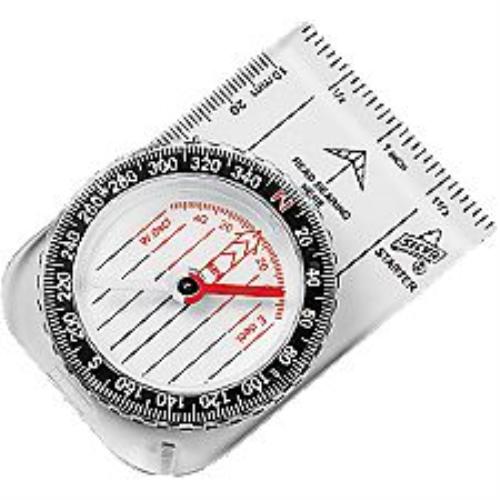 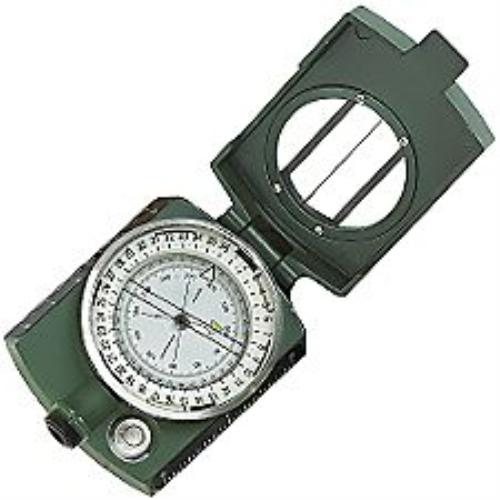
Make Your Own Ancient Compass
To build a replica of the world's first compass, you'll need:
-
1 large sewing needle
-
1 bar magnet such as those found in school science classrooms
-
1 very small, flat chip of wood.
-
1 bowl of water
-
Magnetize the needle by stroking it a few times with the magnet from the eye toward the point.
-
Float the chip on the water.
-
Carefully place the needle on the chip.
Soon the needle will be pointing toward Magnetic North. Check the direction by looking at a compass. The needle in the compass should match the direction of the needle on the water.
Using a Compass
The magnetized needle of a modern compass is balanced on a pin so that it can swing freely. The needle is enclosed in a housing that rotates on the compass base plate. One end of the needle is drawn toward the Earth's Magnetic North Pole, an area about 500 miles from the true North Pole.
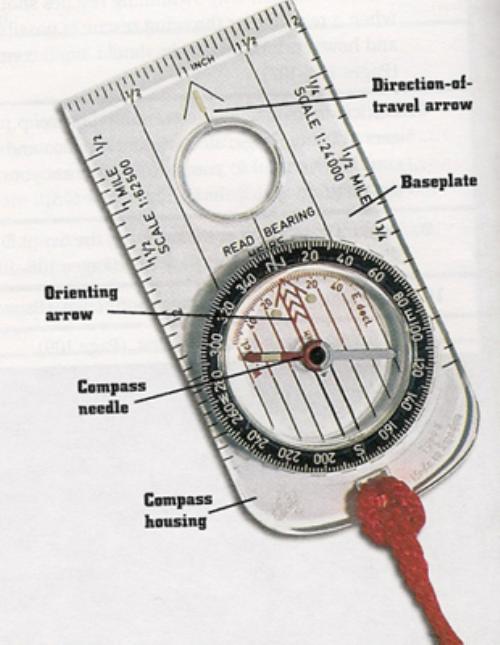
Most compasses have an orienting arrow etched on the floor of the housing and a direction of travel arrow drawn on the base plate. Numbers on the housing indicate the 360 degrees of a circle.
To find Magnetic North, adjust the compass housing until N (North) on the housing touches the direction of travel arrow, as in the photograph above.
Next, hold the compass against your stomach with the direction of travel arrow pointing away from you. Turn your body until the needle is lined up inside the orienting arrow etched on the floor of the compass housing. Your direction of travel arrow is now pointing directly toward Magnetic North.
Declination
Compass needles point to Magnetic North. Maps are drawn with True North at the top.
The difference between the direction of Magnetic North (where a compass needle points) and the direction of True North (a line between you and the North Pole) is called declination . Declination is measured in degrees -- those numbers on the compass housing.
When you are in much of Wisconsin, Illinois, eastern Arkansas, or Mississippi, the directions toward Magnetic North and the North Pole are in line with one another. A compass pointing at Magnetic North seems to be pointing at the North Pole, too.
Go east or west of those states and the Poles seem to move apart from one another. Declination (the difference between the direction to Magnetic North and the way to True North) increases. By the time you reach Seattle, for example, the declination is more than 20 degrees.
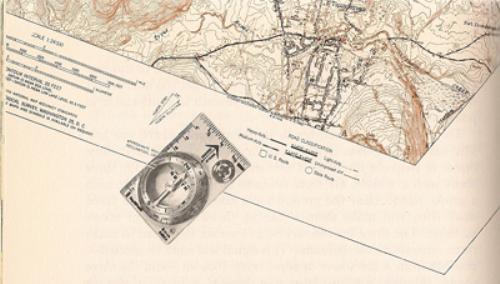
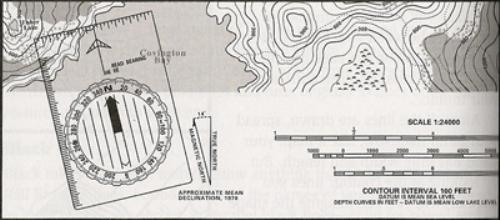
Map margins often have two arrows, one pointing toward Magnetic North, the other toward True North. With N on the compass housing touching the direction of travel arrow, set your compass alongside the Magnetic North arrow on a map. Slowly turn the map until the compass needle rests inside the orienting arrow. The compass will be aimed at Magnetic North while the map is oriented to True North.
Digital Compasses
Electronic sensors inside a digital compass pick up on the Earth's magnetic fields and display accurate degree readings. Programmable adjustments automatically solve the challenge of declination.
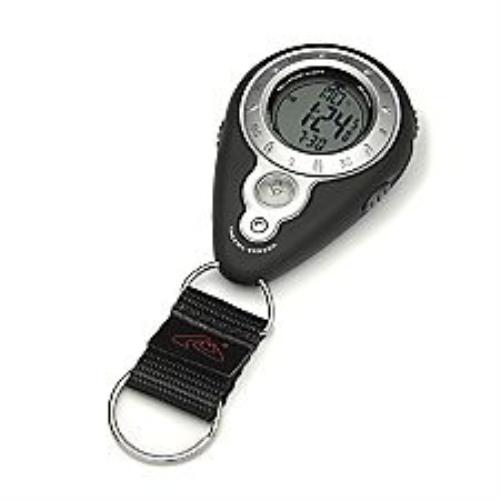
Some cellular telephones feature a compass application that acts in much the same way as the most advanced electronic route finder--the GPS receiver.
GPS Receivers as Compasses
Enter destination data into an automobile Global Positioning System (GPS) receiver and a map will appear on the dashboard screen showing exactly how to get to where you want to go. The GPS unit will also indicate the direction the car is moving.
Handheld GPS receivers can be valuable tools for backcountry navigation, too. Type in destination coordinates and the GPS will show the way. A GPS unit can guide you even when the weather is so bad you can't see a thing.
If its battery dies, a GPS unit or digital compass will be useless. That's why it is so important to learn how to use a traditional compass and to have one handy on all your backcountry adventures.
Orienteering Shows the Way
Scouts earning the Orienteering merit badge have a great time mastering the art of using maps and compasses to travel through unfamiliar terrain.
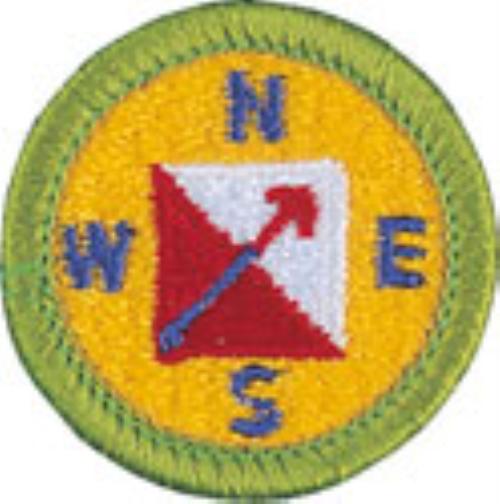 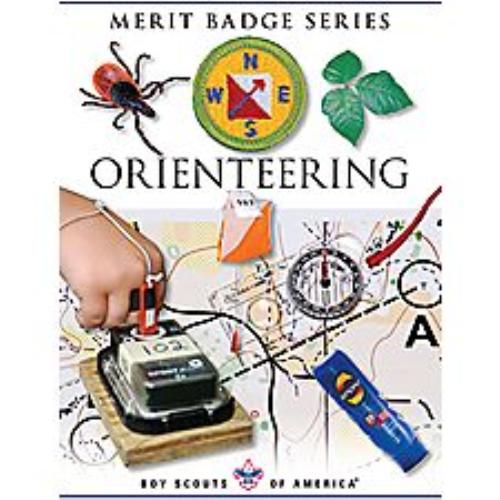
For more information, consult Be Prepared® Hiking & Backpacking, DK Publishing Inc.
To Top
Hydration - How and Why
An automobile engine needs coolant to keep it from overheating. If the radiator runs dry, the engine can be ruined.
Bad things happen to people, too, when their fluid levels are low. Blood thickens and becomes more difficult for their hearts to pump. They can feel tired, irritable, and perhaps nauseous. That's called heat exhaustion. Treat it with rest in the shade and sips of water.
Heat stroke strikes when the body's cooling mechanism is so overworked it stops functioning. That's a life-threatening emergency. Cool the victim however you can-with shade and wet cloths, for example, or the air-conditioner in a car. Get medical attention as soon as possible.
Of course, the best way to deal with heat illnesses is to avoid them in the first place. Plan your activities so that you carry all the water you need, or can replenish your supplies along the way.
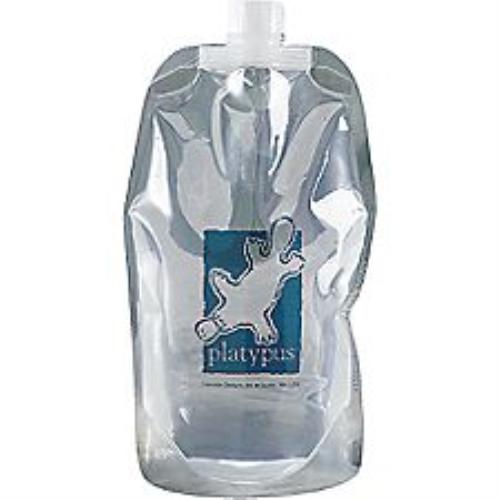 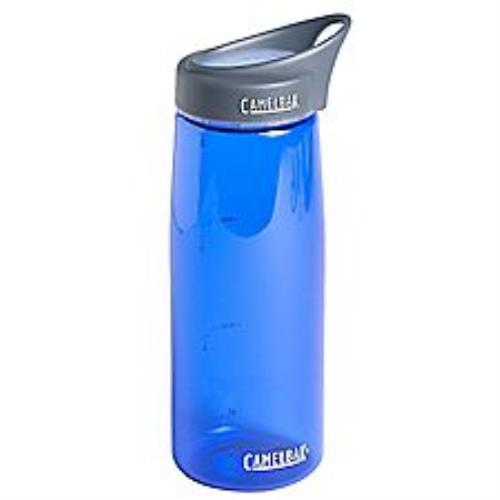
Drink, Drink, Drink
Thirst is not always the best indicator of your body's need for water. Instead, drink often enough for your urine to remain light-colored or clear.
- In hot weather, refresh your water containers at every opportunity. Drink your fill, then refill your container before leaving a water source.
- Keep water readily available and drink small amounts frequently.
- Don't ration water. If you are thirsty, you need to drink.
- Avoid consuming a lot of caffinated drinks, which can act as diuretics -- agents that purge fluids from the body.
- Don't underestimate your need for water. During strenuous activities in hot weather, your body might require two to three gallons of water per day.
Remember that carrying water with you isn't enough. You need to drink it, too, in order to stay happy, healthy, and hydrated.
For more information, consult Chapter 14, "Hot-Weather Travel and Camping," of the BSA Fieldbook, Fourth Edition.
To Top
-----------------------------------------------------------------------------------------------------------------------------
STOVES FOR CAMP AND TRAIL
A warm cup of soup during a trailside lunch. A camp supper featuring a delicious pot of stew. Hot water for cleanup after a meal.
Stoves make outdoor adventures more enjoyable and extend the range of journeys. They also help Scouts apply the principles of Leave No Trace by lessening their impact on the land.
Lightweight stoves are perfect when you're carrying gear in a backpack. If equipment will arrive by watercraft, pack animal, or an automobile, a heavier stove offers more camp cooking options.
Lightweight Stoves
The Whisperlite is a great example of a backpacking stove that can burn white gas, kerosene, or fuel for automobiles and aircraft. The burner attaches directly to a fuel bottle, giving the unit terrific output per ounce of weight.
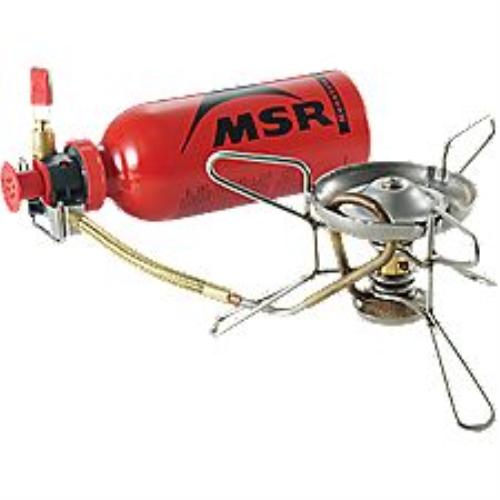
Stoves for Camp
When weight doesn't matter, two-burner stoves and charcoal grills offer expanded cooking capacity while fitting with the principles of Leave No Trace.
- Two-Burner Stoves
Fueled by propane or white gas, a two-burner stove can be the center of a patrol kitchen for an evening meal or a week of summer camp. Set it up on a picnic table for easy access or attach optional legs.
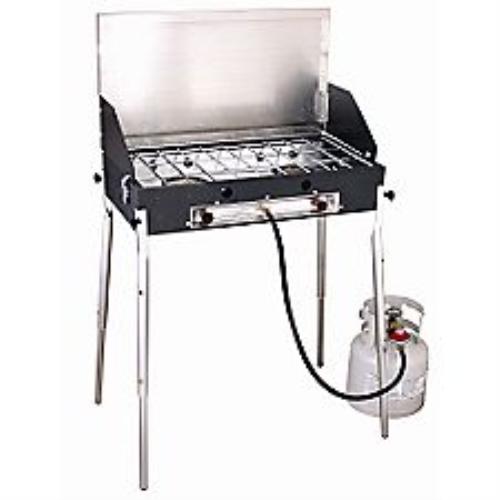
A metal grill holding charcoal briquettes can be ideal in camp for turning out hamburgers, hotdogs, and steaks. Put on pots to warm your side dishes or boil ears of sweet corn, and you'll be well on your way to some of the best outdoor cooking of the year.
Stove Safety
The current Boy Scout Handbook includes the following stove safety rules:
Use, refuel, and store stoves and lanterns only with the supervision of a knowledgeable adult and only where allowed.
Operate and maintain stoves and lanterns according to the manufacturer's instructions.
Store fuel in approved containers. Keep fuel well away from campfires, burning stoves, and all other sources of heat.
Allow hot stoves and lanterns to cool completely before changing compressed-gas cartridges or refilling from containers of liquid fuel.
Refill stoves and lanterns outdoors and a safe distance from any sources of heat, including other stoves or campfires. Use cartridges or fuel expressly recommended for your stoves by the manufacturer. Use a funnel to pour liquid fuel into a stove or lantern. Recap the fuel container and the stove or lantern. Before lighting the device, wait until any spilled fuel has evaporated.
Do not operate stoves or lanterns inside buildings with poor ventilation. Never fuel, light, or operate a gas stove or lantern inside a tent, snow cave, or igloo.
Place a stove on a level, secure surface before lighting. On snow, place the stove on an eight-inch-square piece of plywood or other flat surface to insulate it from the cold and lessen its tendency to tip.
Have stoves and lanterns checked periodically by knowledgeable adults to make sure they are in top working condition.
Follow the manufacturer's instructions for lighting a stove. Keep fuel containers and extra canisters well away. Keep your head and body to one side in case the stove flares up.
Never leave a lighted stove or lantern unattended.
Do not overload a stove with a heavy pot or large frying pan. When cooking requires a pot capacity of more than two quarts, set up a separate grill with legs to hold the pot, then place the stove under the grill.
Carry empty fuel containers home for proper disposal. Do not place them in or near fires, or in trash that will be burned.
For more information, consult Chapter 10, "Cooking" of the The Boy Scout Handbook, Eleventh Edition.
To Top
|
|
 |
 |
|
 |
 |
 |
 |
 |
 |
 |
 |
|
 |
 |
 |
 |
|
|

Vol. 1, No. 5
In this Issue:
Traditional Weather Signs
Planning a Day Hike
Assembling a First Aid Kit
Flag Etiquette
Summertime and Scouting go together like ice cream and apple pie. BSA skills lead the way for terrific warm-weather adventures in town and on the trail.
Summer also brings patriotic holidays with parades and picnics honoring our country. Take this month's Be Prepared Flag Quiz, then show your pride in America as the nation's banner passes by.
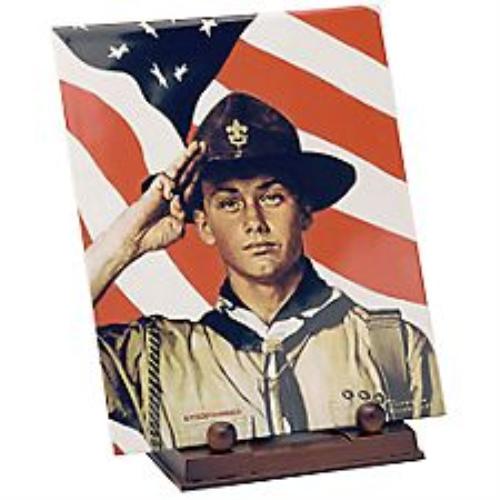
PREDICTING WEATHER THE OLD-FASHIONED WAY
Will it be sunny for your family barbeque? Should a Scout softball game or soccer match be postponed because of the threat of rain?
A hundred years ago, the first edition of the Boy Scout Handbook offered weather prediction guidelines such as these:
When the grass is dry at night
Look for rain before the light.
When the grass is dry at morning light
Look for rain before the night.
These rhymes held some truth--moisture wrung out of the air as dew can't fall as rain--but today's Scouts rely on news reports and the Internet for accurate predictions of conditions for the days ahead.
Of course, that's not possible when backcountry adventures take you far from computers, televisions, and radios. Then what you see in the sky can help you decide whether to keep going with your activities or dive into your tent just ahead of a rainstorm.
The shapes of clouds are good indicators of weather to come. For example, thin and wispy cirrus clouds indicate stable weather. So do cumulus clouds that look like big fluffy cotton balls. Keep an eye on them, though. Afternoon heat can swell them into cumulonimbus thunderheads bearing lightning, hail, and heavy rain.
Check out the BSA Fieldbook for a modern-day discussion of clouds and many ways to predict the weather. Cub Scouts earning the Weather Belt Loop and Pin can also learn basic weather-watching skills.
The current edition of the Boy Scout Handbook explains some of the old weather signs this way:
Signs of Fair Weather
Expect pleasant weather when you see some of these signs:
- "Red sky at night, sailor's delight." The dust particles in the dry air of tomorrow's weather produce a glowing red sunset.
- "Swallows flying way up high mean there's no rain in the sky." Swallows are birds that catch and eat flying insects. In the high air pressure that comes with fair weather, insects may be carried aloft by air currents.
- "If smoke goes high, no rain comes by." Campfire smoke rises straight up when there is no wind. Still air is generally stable and won't move moisture into an area.
Signs of Stormy Weather
The following signs suggest bad weather is on the way:
- "Red sky at morning, sailor take warning." Dry, dusty air is moving away from you toward the east. Clouds and moist air may be coming in from the west.
- "Swallows flying near the ground mean a storm will come around." The low air pressure that pulls in stormy weather causes insects to fly close to the ground on heavy, moist wings. Swallows feeding on them will follow.
- "If smoke hangs low, watch out for a blow." Low air pressure can prevent campfire smoke from rising very high.
Whether it's a sporting event, a picnic, or a hike, take along an extra layer of clothing in case the weather doesn't turn out as predicted.
The Cub Scout Nylon Jacket and Boy Scout Jac-Shirt offer comfort on cool summer evenings.
For more information on predicting weather, consult Chapter 30, "Monitoring Weather," of the BSA Fieldbook, Fourth Edition.
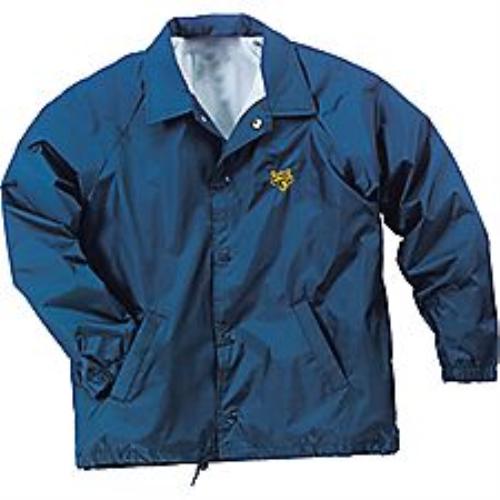 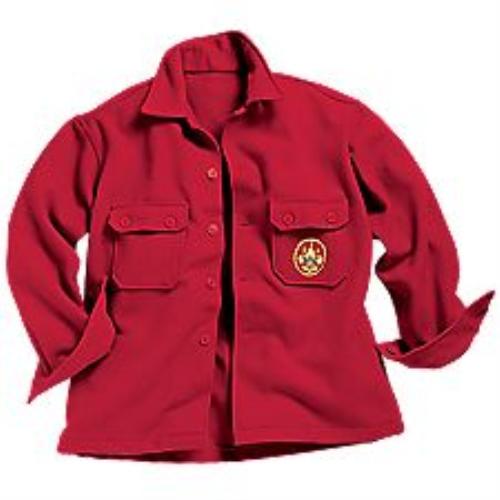
PLANNING A DAY HIKE
Hiking with friends and family is always a summer highlight. Prepare for every hike by writing down a trip plan that answers six easy questions--Where, When, Who, Why, What, and How.
- WHERE are you going?
Think about your destination and the route to reach it.
- WHEN will you return?
Make a reasonable prediction of when you will be back, and then be sure to return on time. Adults who know your plans can take steps to come to your aid if you are very long overdue.
- WHO is going with you?
Adventures are always enjoyable when shared with others. Safer, too.
- WHY are you going?
Planning to see new country, practice map and compass skills, or reach a distant hilltop? Even if the purpose of a hike is simply to walk for the sheer joy of walking, knowing why you are going will help you be fully prepared.
- WHAT are you taking?
The Scout Basic Essentials should go on every Scout outing, including hikes. You can find a discussion of the essentials in the Boy Scout Handbook and the Fieldbook.
|
The Scout Basic Essentials
|
|
___ Pocketknife |
|
___ First aid kit |
|
___ Extra clothing |
|
___ Rain gear |
|
___ Water bottle |
|
___ Flashlight |
|
___ Trail food |
|
___ Matches and fire starters |
|
___ Sun protection |
|
___ Map and compass
|
- HOW will you respect the land?
The BSA has adopted Leave No Trace as an effective way to care for the landscapes where Scouting activities take place.
The Principles of Leave No Trace
1. Plan Ahead and Prepare
2. Travel and Camp on Durable Surfaces
3. Dispose of Waste Properly
4. Leave What You Find
5. Minimize Campfire Impacts
6. Respect Wildlife
7. Be Considerate of Other Visitors
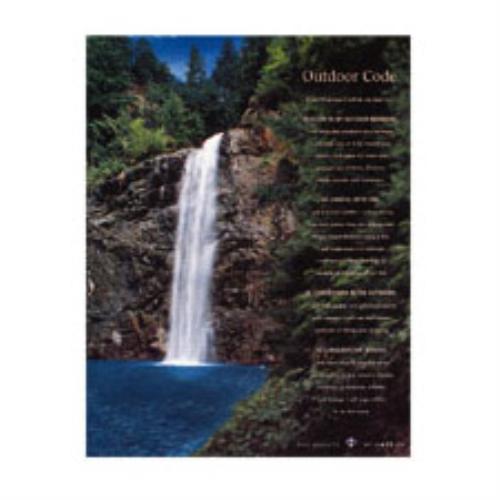
Share your written plan with Scout leaders or other responsible adults. They might have suggestions for making your hike even more enjoyable. They will also be able to support you before, during, and after your hike.
For more information on hiking, consult Chapter 4, "Planning a Trek," of the BSA Fieldbook, Fourth Edition.
ASSEMBLING A FIRST AID KIT
With first aid supplies in your day pack you can treat scratches, blisters, and other minor injuries of summer. You'll also be ready to lend a hand in more serious emergencies.
Pre-made kits from the BSA are ideal for individual use and for supplying a family or Scout unit with the medical supplies they might need.
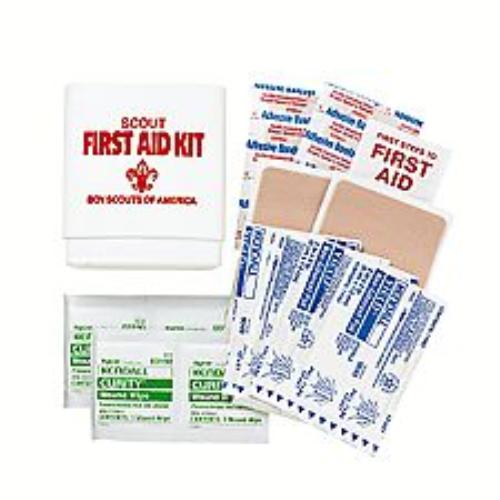 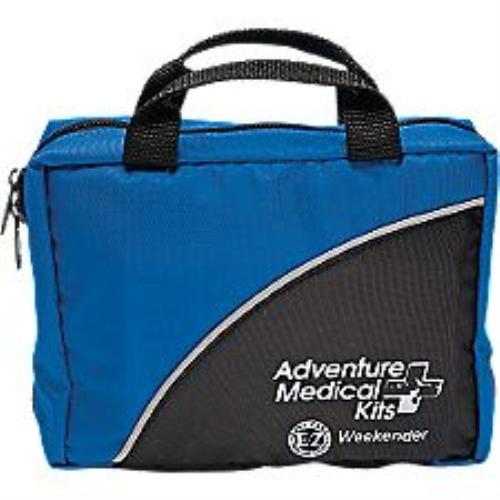
You can also assemble a first aid kit of your own. Put like items into small, re-sealable plastic bags, then stow all the bags in a larger bag or a plastic container with a secure lid.
|
The Boy Scout Handbook recommends that personal first aid kits include:
|
| ___Adhesive bandages |
6 |
| ___Sterile gauze pads, 4-by-4-inch |
2 |
| ___Adhesive tape |
1 small roll |
| ___Moleskin, 3-by-6-inch |
1 |
| ___Soap or alcohol-based hand sanitizing gel |
1 small bar or travel-sized bottle |
| ___Antibiotic ointment (Bacitracin) |
1 small tube |
| ___Scissors |
1 pair |
| ___Tweezers |
1 pair |
| ___Disposable non-latex gloves* |
1 pair |
| ___Mouth-barrier device for rescue breathing |
1 |
| ___Pencil and paper |
1 |
* Use medical gloves from your first aid kit to protect yourself whenever first aid emergencies involve blood or other body fluids.
For more information about first aid, consult the Boy Scout Handbook. |
UNITED STATES FLAG QUIZ
Honoring the flag shows respect for the symbol of our nation. Test your knowledge with the following quiz. For more on flag etiquette, see the Boy Scout Handbook or go online and check out the United States Flag Code.
- Question: What should I do when an American flag goes by in a parade?
- Question: Is flag burning ever allowed?
- Question: Can the flag be flown outside at night?
- Question: Can I wear an American flag as a clothing item?
- Question: In 1910 when the Boy Scouts of America was founded, how many stars were on the American Flag?
- Question: How do you fold the flag into that triangle shape?
- Question: A flag over a street should be hung with the blue field in which direction?
- Question: When should the flag fly at half staff?
- Question: Which way is a flag displayed on a wall?
- Question: Where should a flag on a staff placed on a stage?
- Bonus Question: Why do the flag patches sewn on the right sleeves of BSA uniform shirts appear to be flying in the opposite direction as those sewn on the right sleeves of many U.S. military uniforms?
Answers:
1. Answer: When in uniform, use the Scout salute. Otherwise, place your right hand over your heart.
2. Answer: A national flag that is worn beyond repair may be burned in a fire. The ceremony should be conducted with dignity and respect, and the flag burned completely to ashes.
3. Answer: While it is customary to fly the flag between sunrise and sunset, it can be displayed at night if it is properly lit.
4. Answer: Not the flag itself. Flag designs can be including in clothing patterns.
5. Answer: Forty-six. (New Mexico, Arizona, Alaska, and Hawaii were not yet states.)
6. Answer: According to the Boy Scout Handbook, "Two people holding the flag at waist-level between them fold the flag in half lengthwise and then again in half lengthwise, keeping the blue field on the outside. While one person holds the flag by the blue field, the other makes a triangular fold in the opposite end. Continue folding the flag in triangles until only the blue field is visible."
7. Answer: The blue field is toward the east over a north-south street, or toward the north above an east-west street.
8. Answer: A flag at half-staff shows sorrow following a national tragedy or the death of a president or other national or state figure, and to honor those who have sacrificed their lives for their country.
9. Answer: The blue field goes to the flag's own right. (To your left as you look at it.)
10. Answer: To the flag's own right. (On the left side of the stage as the audience sees it.) Any other flags on staffs are placed on the right side of the stage, as viewed by the audience.
11. Answer: Following the guidelines of the United States Flag Code, the flag patch on a Scout uniform shirt sleeve is placed with the blue field to the flag's own right. Flag patches on military uniforms fall under Department of the Army regulations stating that "When worn on the right sleeve, it is considered proper to reverse the design so that the union is at the observer's right to suggest that the flag is flying in the breeze as the wearer moves forward." In other words, the blue field is to the flag's own left.
For more information about flags, see the Your Flag book, No. 33188A.
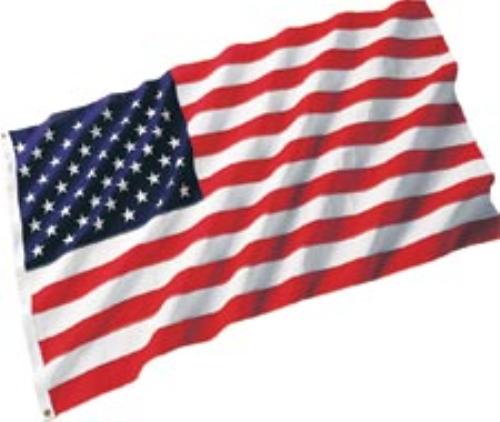
|
|
 |
 |
|
 |
 |
 |
 |
 |
 |
 |
 |
|
 |
 |
 |
 |
|
|

Vol. 1, No. 4
Summer is coming, and with it endless opportunities for Scout adventures. So tune up the tent, review the best ways to deal with backcountry hygiene, and check the Scout Basic Essentials. Then hit the trail for magnificent times in the great outdoors.
Choosing a Tent
Tents come in many shapes and sizes. Follow these guidelines to find the one that's right for you.
The Seasons of Tents
Lots of tents are designed for three-season use -- spring, summer, and autumn. A four-season tent is built for any weather including the cold and snow of winter.
Tents for One, Two, Four and More
A two-person tent is often the best choice for backpacking and for patrol and troop campouts. You and a buddy can divide up the poles and pieces of the tent to share the weight in your packs.
Want privacy? One-person tents shed weight by being tailored to accommodate a single sleeping bag.
Tents large enough for four, six, or even eight Scouts might be perfect for district camporees and council camps. Too heavy to carry on your back, big tents are best for campgrounds that can be reached by vehicle.
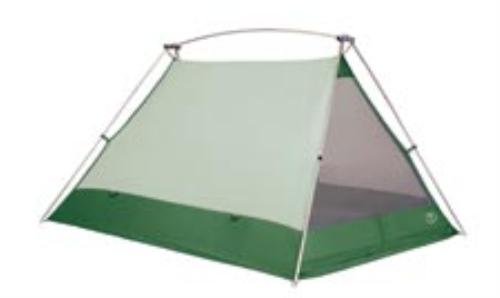 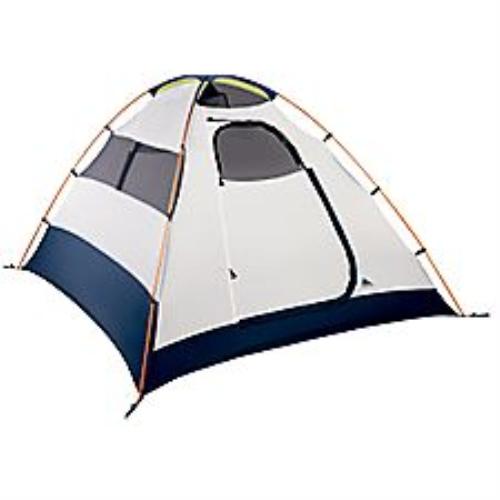
Eureka! Timberline 2 Tent Kelty® Trail Dome 6 Tent
Tents for the Times
Long-distance backpackers on the Pacific Crest, Appalachian, and Continental Divide Trails use ultra-light tents that shave ounces off pack weight.
Winter camping at Northern Tier High Adventure Base? The added weight of a four-season tent can make your nights cozy and calm.
Sometimes a lightweight tarp is all you need to keep the dew off your sleeping bag during a warm-weather campout.
Choosing and Using the Perfect Tent
1.Try It On
Set up a tent at your local Scout Shop and crawl inside. Is it wide enough? Long enough? Can you sit up? Does it feel like a place where you'd want to spend nights in camp and a few stormy afternoons?
2.Test It Out
Practice pitching your tent in your back yard or during troop meetings. That way you'll know just what to do when you reach a campsite.
3.Treat It Right
Tents are tough but not indestructible. Put a ground cloth underneath to shield the floor from moisture and abrasion. Leave your boots outside.
Shake any debris from your tent as you break camp. If it is damp, set up the tent as soon as you get home and store it only when it is completely clean and dry.
Why the Fly?
Most modern tents are made of nylon and most have a fly -- a tailored tarp -- fitted over it. The fly is waterproof while the tent body is not. Moisture from your breath passes through the fabric of the tent body, keeping the interior of your shelter dry. Raindrops will roll off the fly, keeping outside moisture away from you, too.
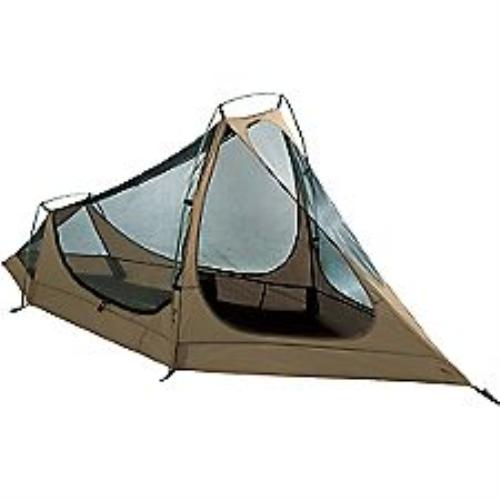 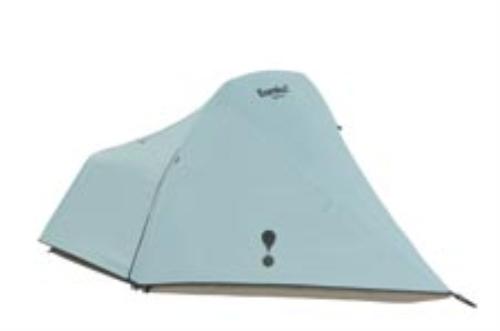
The Spitfire Tent Spitfire 2 Tent
For more information on choosing the right tent, consult Be Prepared® Hiking & Backpacking, DK Publishing Inc.
Proper Waste Disposal
"Does a bear poop in the woods?" asks the Boy Scout Fieldbook. "Yes, it does," the manual answers, "and so do we."
If There's a Facility, Use It
Does your campground have restrooms with running water? Great. Where there is no plumbing, there might be an outhouse -- a small shelter with a seat featuring one or two holes over a deep pit.
Don't put anything into a latrine other than human waste and toilet paper. Trash needlessly fills latrines much too quickly. Food scraps and dishwater can attract animals, and that can be unhealthy for them.
No Facilities? Bury It
When you're on the trail or in a camp with no outhouse or latrine, find a secluded spot at least 200 feet from streams, lakes, and other water sources and use a trowel or the heel of your shoe to dig a cat hole about six inches into the soil -- the organic layer with microorganisms that can break down waste.
Refill the hole with soil after you're done, and replace pine needles, twigs, or other ground cover.
Can't Bury It? Pack It Out
If the agency managing the area you're visiting says you need to carry out everything you bring in, look on it as an engineering challenge, a fine adventure, and a Good Turn for the environment.
Boaters running wild rivers often carry rocket boxes -- ammunition boxes lined with plastic bags for containing human waste. After putting a toilet seat atop the box for comfortable use, the box can be sealed and taken by raft to the next night's campsite. The filled plastic bags must be properly discarded at the end of the trip.
Mountain rock and snow can make waste disposal complicated, especially on crowded routes. Climbers reaching some high camps on Mt. Rainier in the Washington Cascades find outhouses with seats opening over big plastic barrels. When the barrels are full, National Park Service helicopters lift them off the mountain.
No helicopter? You can use a Pack-It-Out Kit that includes a sheet of paper with a target drawn on it. After depositing waste on the paper, carefully stow it in a small paper bag containing a handful of cat litter.
The bag can then be placed in a length of lightweight plastic pipe that, with a lid at each end, will be easy to pack out of the backcountry. (Check the BSA Fieldbook for full instructions.)
What About Toilet Paper?
Ask local land-managers how to dispose of paper when there is no latrine.
Some will instruct you to bury it well enough so that animals won't dig it up. Others will suggest putting it into a self-sealing plastic bag and packing it to the trailhead. That can be especially important on winter campouts when the ground is frozen and covered with snow.
Three Rules for Staying Healthy
The Fieldbook gives three rules for staying healthy, especially after relieving yourself outdoors:
1. Wash Your Hands.
2. Wash Your Hands.
3. Wash Your Hands.
Soap and water will do the trick. So can waterless hand sanitizers.
For more information on proper waste disposal, consult Chapter 9, "Hygiene and Waste Disposal," of the BSA Fieldbook, Fourth Edition.
Outdoor Essentials (Part 2)
The April Be Prepared® newsletter explored the first five of the BSA's Outdoor Essentials -- items to carry on every Scout adventure -- Pocketknife, First Aid Kit, Extra Clothing, Rain Gear, and Water Bottle.
This month's newsletter reviews the final five -- Flashlight, Trail Food, Matches and Fire Starters, Sun Protection, and Map and Compass.
Flashlight
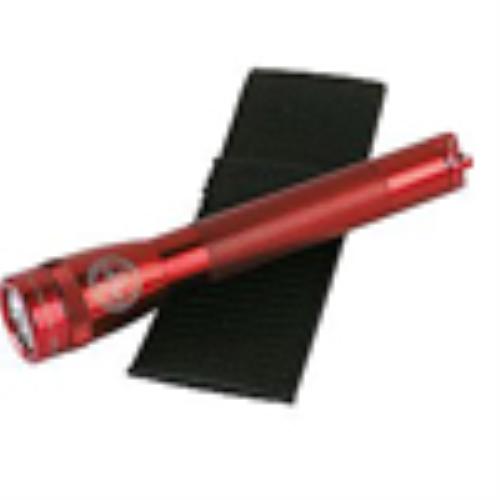
A flashlight can show you the way home if you're caught on the trail after dark. The Mag Lite Flashlight doesn't weigh much and casts a strong beam. Headlamps will leave your hands free as you set up camp, read a book, or respond to late-night emergencies.
Trail Food
The energy boost of a trail snack can power you through any outdoor activity. Easily-packed possibilities include trail mix, nuts, energy bars, dried fruit, and hard candy.
Matches and Fire Starters
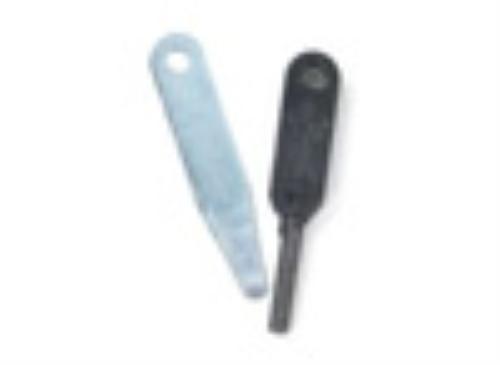
Lighting a fire can liven an evening in camp, especially if the weather turns bad. A butane lighter stowed in a plastic bag is an ideal flame source. So are wooden kitchen matches in a waterproof container. Practice kindling campfires where they are permitted, and you'll be ready to build a blaze in an emergency.
Sun Protection
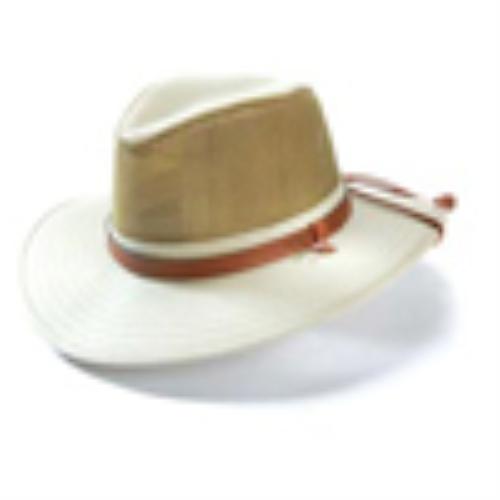
Enjoy the outdoors, but guard against harmful effects of solar radiation. Sunscreen can shield your skin from burning. Lip balm containing sunscreen will help guard against damage.
A broad-brimmed hat, long-sleeved shirt, and long pants will deflect the sun's rays. Protect your eyes with sunglasses, especially when travelling on snow.
Map and Compass
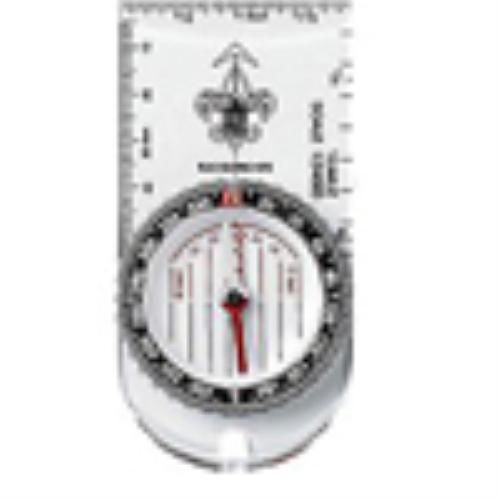
Knowing where you are going is important. Knowing how to get back home again is vital. In unfamiliar country, you'll always want to have a map and a compass to show you the way.
As you travel in areas you know well, a compass in your pocket means you can have fun taking bearings, orienting your map, pinpointing your location, and becoming a master at charting routes.
For more information on proper waste disposal, consult Chapter 11, "Gearing Up," of the BSA Fieldbook, Fourth Edition.
|
|
 |
 |
|
 |
 |
 |
 |
|
|
|
|
|
|
|
|
|